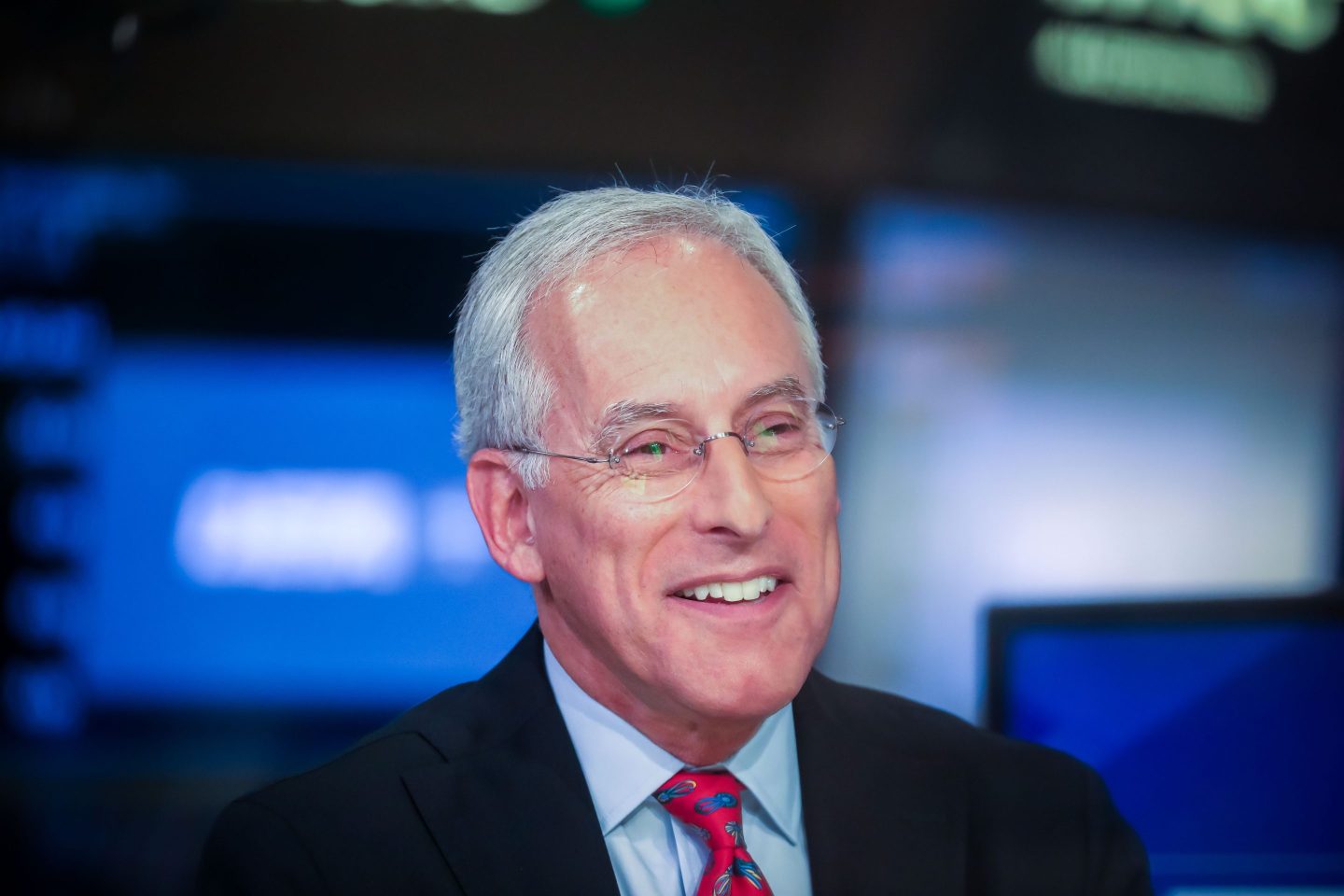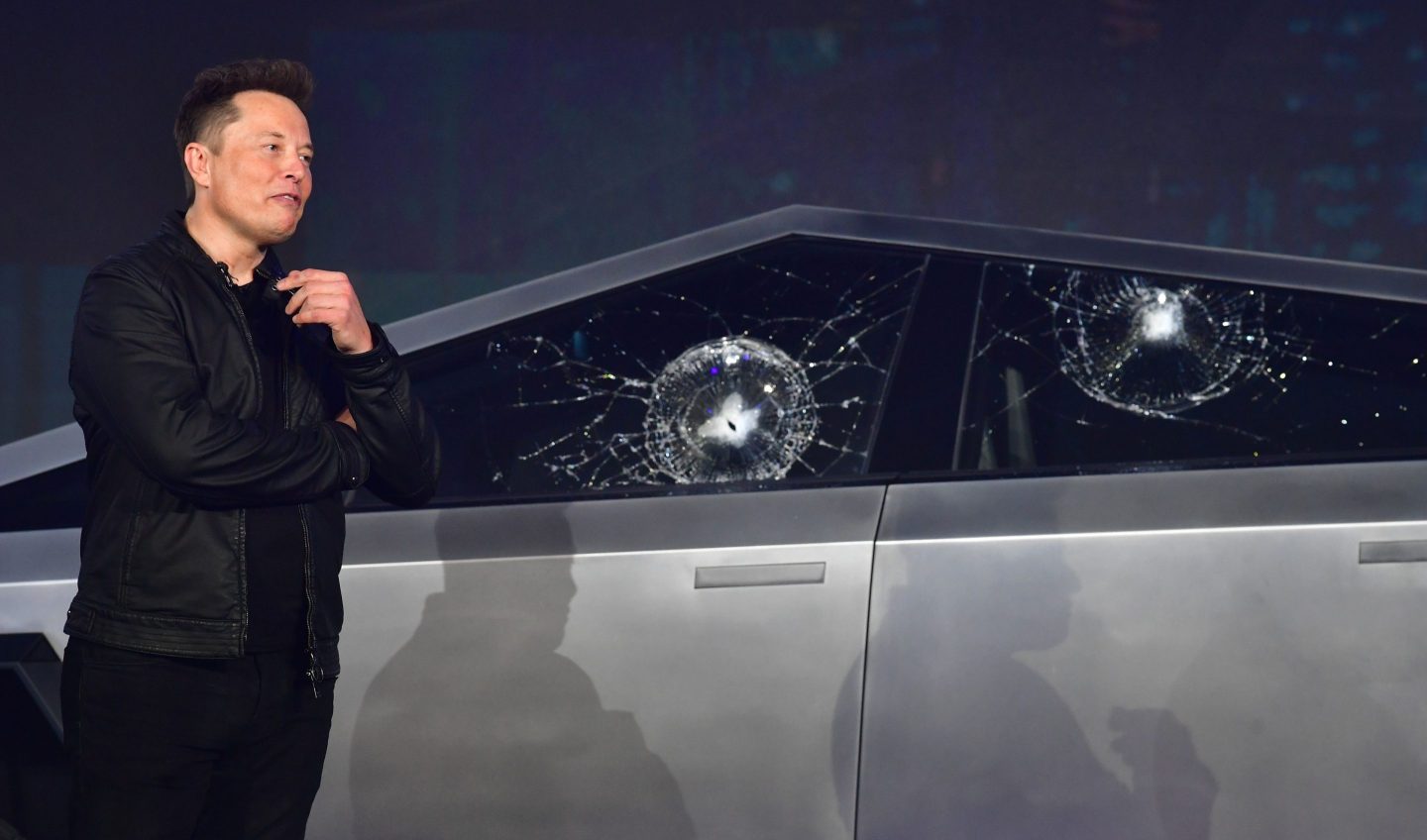Diamonds may be a girl’s best friend, but for Akshie Jhaveri, they’re even better when they’re grown, not mined. With her nearly 5-year-old jewelry label, Grown Brilliance, the Mumbai-born, New York-based entrepreneur is redefining what the future of lab-grown gems within modern luxury looks like.
The founder and CEO, who comes from generations of jewelers, believes that when it comes to the process of creating the final product, there is “no difference” between natural and lab-grown diamonds.
“It has the same amount of care, it has the same amount of detail to it,” she told Retail Brew. “The only difference being the raw material. Millennials are smarter than that…I don’t think they care about natural versus lab, as long as they get the look they want.”
A lab will do ya: But while the retailer—which sells everything from engagement rings and wedding jewelry to bracelets, earrings, and necklaces for everyday wear—hopes to secure a coveted spot in the luxury space, Jhaveri said she always wanted to lean into being more inclusive and affordable.
“It was a very small niche group of people that could afford natural diamonds over a carat or even above that in a good quality,” she said. “When lab-grown diamonds were introduced, I felt like this is a great opportunity to bring this to everybody who wants to own a high-quality, larger diamond…It just became a more inclusive play.”
That sense of accessibility is also what Jhaveri thinks sets the brand apart from other players.
“Even when we launch our high[-end] jewelry, it’s available to anyone and everyone,” she said. “You don’t have to inquire. You just go online. You buy it…It’s very simple.”
A streamlined, easy-to-navigate website has been central to Grown Brilliance’s digital success, Jhaveri said. Even as the brand expands its brick-and-mortar presence in the US, online sales continue to drive the bulk of its business.
“I felt like there was no jewelry company that gave the customer the ease of buying diamonds, and explaining how they can make a custom piece very easily,” she said, adding it’s what helped the retailer stand out online.
Store to come: With the e-comm strategy more or less squared away for the moment, Jhaveri has made brick and mortar a major focus.
After opening new stores in New York, Boston, and Atlanta, the brand now counts ~18 retail locations across the US, with more to come. Why? Because whether it’s twenty-somethings hunting for the perfect engagement ring or shoppers in their 40s and 50s looking to upgrade their sparkle, Grown Brilliance’s customers still want to see (and try) the goods in person, making physical retail more relevant than ever.
“We started off small, with three different stores—one in Boca [Raton], Houston, and then King of Prussia, which is one of the largest malls in the country—and they all did very well,” she said. “[People] are craving that human interaction and that personal jewelry expert sitting in front of them and guiding them through their engagement ring process, because it’s a very overwhelming process and unfortunately, on websites, through e-commerce, you can’t really talk to the customer.”
And that desire for a “touch and feel” experience isn’t limited to big-ticket items, she said. While engagement rings and wedding bands drive higher revenue, everyday fashion pieces like tennis bracelets, necklaces, and earrings are a big part of Grown Brilliance’s sales.
The growing appetite for approachable luxury, Jhaveri said, also reflects shifting consumer attitudes, especially among younger shoppers who value sustainability and are more inclined to buy lab-grown diamonds.
“Diamonds now—it’s really a form of self expression,” she said. “I’m seeing them making their dream rings from scratch through our truly custom program, things that were not possible to do with natural diamonds.”
But as the lab-grown category grows more crowded, Jhaveri believes the brands with the clearest point of view will stand apart.
“What [consumers] are going to expect out of lab-grown players is really that brand recognition,” she said, “so people tell whether I’m wearing GB or not.”
This report was originally published by Retail Brew.












